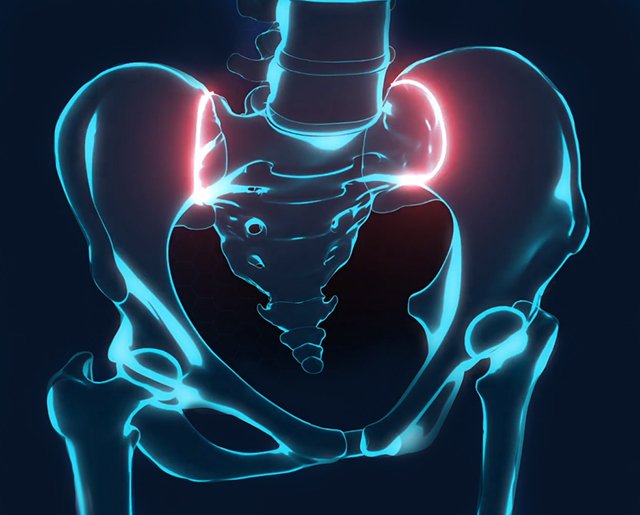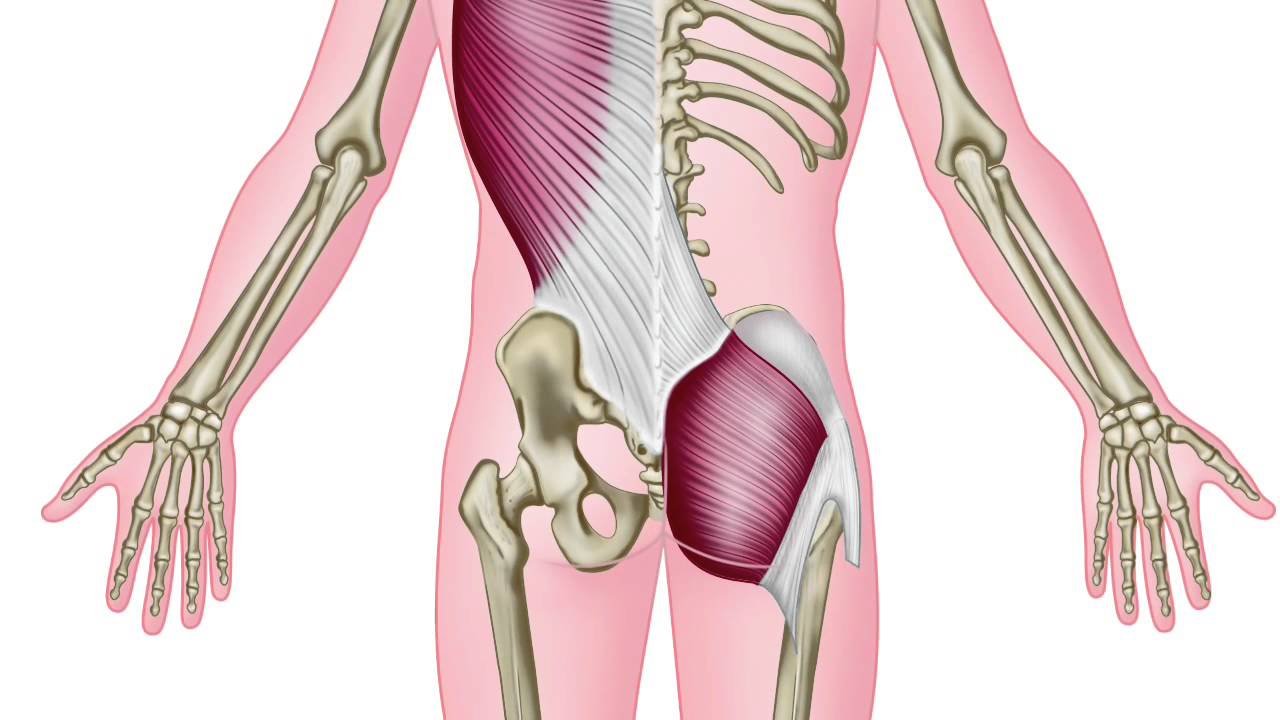Is Osteitis Condensans Ilii The Cause Of Your Low Back Pain?
A friend with Osteitis Condensans Ilii (OCI) reached out to confirm some basic treatment strategies related to the cause of her low back pain. If you are suffering from low back pain, specifically Osteitis Condensans Ilii or Sacroiliac Joint Pain, read further for basic information and understanding to properly treat your condition.
What is OCI?
OCI is a non-progressive condition typically found in patients with low back pain and asymptomatic patients via X-ray imaging with right & left sided hardening, sclerosis, at the Ilium. The condition is distinct as it is non-progressive, spares the sacroiliac joint, and is absent of any abnormal lab values. However, the condition can be extremely debilitating and lead to overall function loss and disability.
Epidemiology:
0.9-2.5% Incidence
F>M
Typical Occurrence: Prenatal, Post-partum
Etiology:
Idiopathic (Unknown Cause)
Current hypotheses:
Excessive mechanical stress, bilaterally and symmetrically at the Ilii
Reduced blood flow to the ilium
Clinical Presentation:
Nonspecific low-back pain with non-radicular (no nerve related) symptoms that may extend to buttocks and posterior thigh. Typically asymptomatic, however individuals with pain will notice reduction with rest and exacerbation with activity. Pain and symptoms are typically symmetric and occur bilaterally on both left and right sides.
X-ray imaging demonstrates triangular sclerosis in right and left ilium without joint space narrowing, irregularities, erosions nor other significant findings.
Differential Diagnosis:
Other diagnoses should be evaluated to identify proper diagnosis. Clinical presentations vary with unilateral, bilateral asymmetric and bilateral symmetric symptoms noted below.
Unilateral Symptoms
Infection
Neoplasm
SAPHO Syndrome
Bilateral Asymmetric Symptoms
Gout
Psoriatic Arthritis
Osteoarthritis
Bilateral Symmetric Symptoms
Ankylosing Spondylitis
Rheumatoid Arthritis
Enteropathic Arthritis
Prognosis, Treatment & Management
Excellent prognosis with occasional spontaneous recovery following postpartum reduction in weight, laxity related hormonal elevation (relaxin), and improved blood flow to previously restricted areas.
The sacroiliac joint (SIJ) is a self-locking joint that provides high amounts of stability to transfer load from the spine and trunk to the lower extremities. The anatomical position of the sacrum and ilium create form closure and musculature, ligamentous structures and thoracolumbar fascia supporting the pelvis create force closure. Both form closure and force closure create the self-locking mechanism that compresses and stabilizes the SIJ to withstand vertical forces.
Pregnancy alters resting and active posture leading to excessive weight bearing on joints, laxity at ligamentous structure and joint capsule, muscular weakness and lengthening, inhibition and poor musculature control and coordination altering force closure capabilities leading to increased instability and symptoms related to OCI
Treatment:
Resolve microinstability at SIJ through improved form and force closure promotion. Generally, individual’s have asymmetrical pelvic positioning causing hypoactivity & hyperactivity at pelvic floor musculature, reduced range of motion at hip joint, and dysfunctional breathing limiting deep stabilizer musculature activity.
Abdominolumbosacropelvic-hip complex observation to resolve articular, muscular, neural, fascial impairments:
Joint Mobilization/Osteopathic Manipulations
Muscle Energy Technique (MET)
Leg Length Discrepancy Observation
Muscle Strength and Muscle Length Asymmetry Observation & Correction
Typical reduction in strength at Posterior and Anterior Sling Musculature: Multifidus, transversus abdominis, external and internal obliques, gluteal maximus, pelvic floor musculature.
Determine muscle length restrictions and excessive range of motion at muscles: quadriceps, hamstring, hip external/ internal rotator, and hip abductor/adductor musculature.
Correcting Dysfunctional Breathing Patterns
Posterior Sling Musculature
Anterior Sling Musculature
References
Brolinson PG, Leslie D. Clinicalkey. ClinicalKey. https://www.clinicalkey.com/#!/content/derived_clinical_overview/76-s2.0-B9780323567053001386. Accessed March 14, 2023.
Sacroiliac Joint Force and form closure. Physiopedia. https://www.physio-pedia.com/Sacroiliac_Joint_Force_and_Form_Closure. Accessed March 13, 2023.
Weerakkody Y. Osteitis Condensans ilii: Radiology reference article. Radiopaedia Blog RSS. https://radiopaedia.org/articles/osteitis-condensans-ilii?lang=us. Published January 10, 2023. Accessed March 13, 2023.
Williams PM, Byerly DW. Osteitis Condensans Ilii. [Updated 2022 Jun 5]. In: StatPearls [Internet]. Treasure Island (FL): StatPearls Publishing; 2022 Jan-. Available from: https://www.ncbi.nlm.nih.gov/books/NBK551569/.




